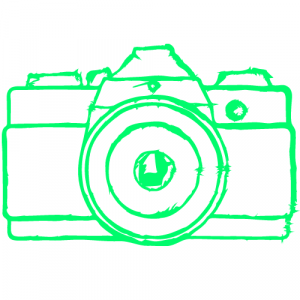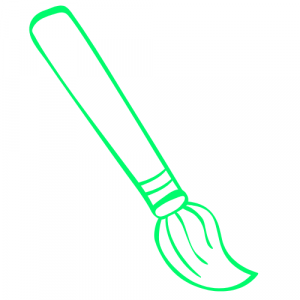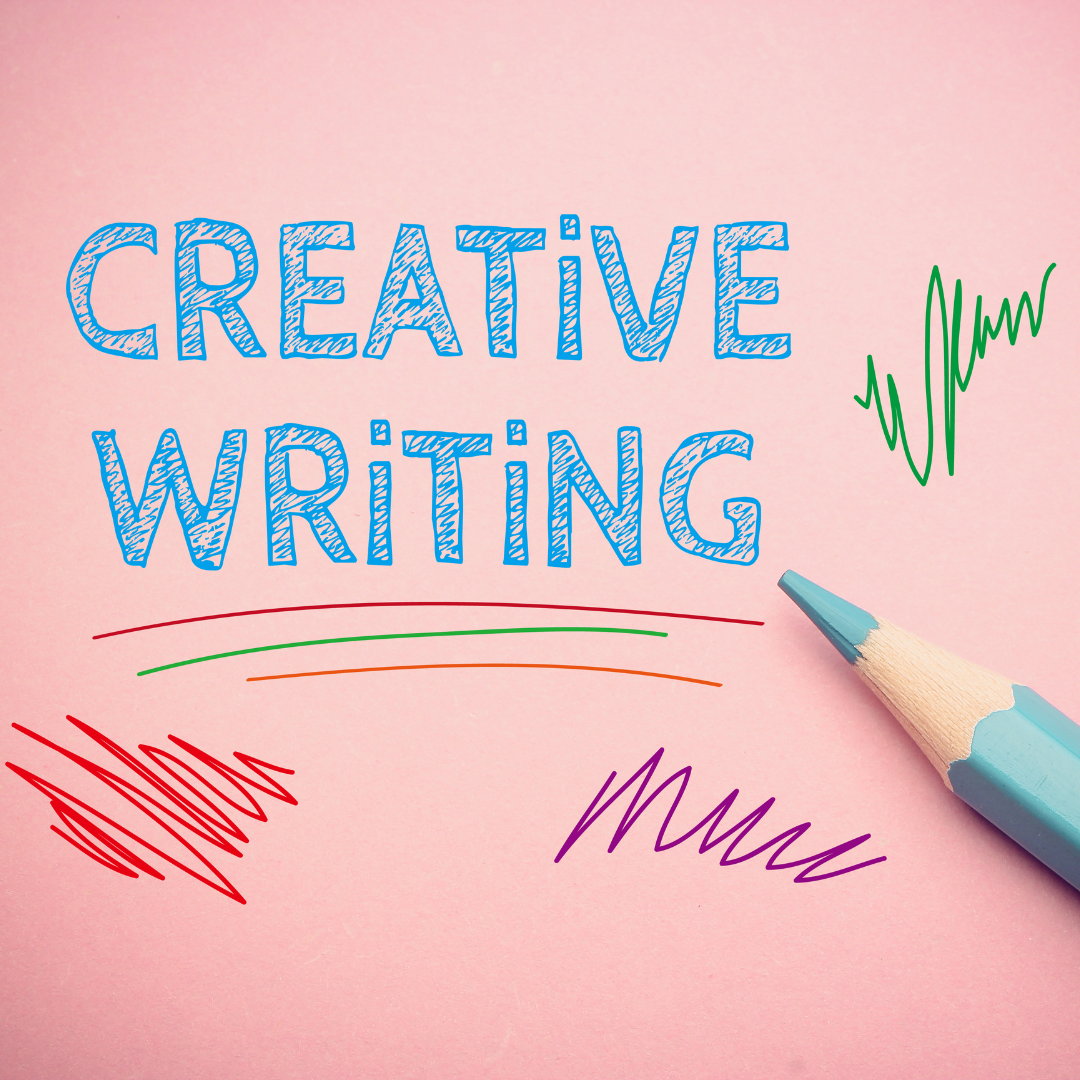Creative writing is all about expressing yourself through words. Whether it’s writing a short story, poem, or novel, the process is essentially the same: you come up with an idea, you write down your thoughts and feelings on paper, and then you let that piece of writing take control. In this article, we’ll take a look at the different stages of the creative process and explain what goes into making a great piece of writing.
Creative Writing: The Process
Creative writing involves imagination and the ability to communicate ideas. It is a process that begins with an idea and ends with a finished product. It can be used for any purpose, such as fiction or nonfiction.
The creative process can be broken down into four stages: ideation, incubation, drafting, and revision.
Ideation
Ideation is often seen as one of the most important steps in creating a high-quality work of art. Ideation involves the process of brainstorming original concepts and ideas that can then be used as inspiration for a piece of creative writing. This process can involve various methods, such as researching existing creative works, reading favorite works of literature, and exploring personal thoughts and feelings. With ideation, the possibilities are endless; creative writers can use this step to think freely and explore the depths of their imagination without the worry of criticism or judgment in order to produce their best work.
Incubation
As you brainstorm an idea, you begin the incubation process. Incubation is the practice of allowing ideas to develop slowly. During incubation, your mind has time to form connections between ideas and link them to other ideas. After considering different possibilities, you are more likely to come up with creative solutions when it comes to writing. It’s important to allow yourself time each day to incubate potential stories, characters, and plot lines. This time can be used to lay the groundwork for your finished work. Incubation allows your creative side to flourish, resulting in a more creative and unique writing process.
Drafting
Once ideas and topics have been established, the writer can then move on to the drafting phase. In the drafting stage, the writer will begin to take their ideas and create an initial version of the work. After refining and narrowing the focus of the piece, the writer can work on the structure and the flow of the work.
Revision
Once the draft is complete, the writer can review and address any areas that may need improvement or clarification. Revision is a key part of the creative writing process, as it allows the author to go back and make changes to their work. Revision involves first reading through the piece to identify any typos, grammar mistakes, or plot issues. Then, the writer can begin revising or rewriting as needed to improve flow, clarity, and structure. This process may also involve rethinking or expanding aspects of the story, such as characterization or dialogue. The revision process gives the writer a chance to refine their writing and switch out words or phrases to make their piece more powerful and emotionally affecting. Through creative writing and the revision process, writers can ensure the quality of their work and make their stories shine.
Where To Begin?
There’s no exact answer when it comes to where you should start when it comes to creative writing. But one of the most important things you can do is find a place where you feel comfortable and safe. This could be your computer at home or maybe a public park. Once you’ve found a space that feels right, start by taking some time for yourself. Sit down with a pen and paper, and write whatever comes into your head. Don’t worry about making anything perfect – just let go and see what happens.
After you’ve written for a while, it’ll be helpful to begin narrowing down your focus. What are the main themes or ideas that keep popping up? Once you know what they are, it’ll be easier to connect them back to your original idea. And finally, once you have an idea or two solidified, it’s time to start writing.”
Tools Of The Trade: Pens, Paper, Words, And A Pencil
Pens, paper, words, and a pencil are all essential tools for writing. Pens help you to write big or small, quickly or slowly, in any direction. Paper gives you a surface to write on and helps keep your pen from running out of ink. Words allow you to communicate your ideas to others. And finally, a pencil can help you to make changes to your written work as you go along.
When it comes to picking the perfect pen, there are a few things worth considering. The type of paper you are writing on plays a big role in determining the best pen for the job. Fountain pens, gel pens, or rollerball pens are all options to explore, depending on what feels most comfortable for you and the specific paper you are using. Another option to think about is using pencils, which are versatile and can work well on nearly any type of paper. Ultimately, it’s all about finding what feels right for you and your writing style.
To start writing with a pen, hold it so that the barrel is pointing towards the ground and the tip is pointed up. Then begin drawing circles or other shapes with the tip of the pen. To write words, hold your pen like normal and draw letters with the tip. When writing in cursive, hold your pen like you would when writing with a pencil and then flick it across the page instead of drawing lines with it.
Inspiration
Creative writing is a process that can be difficult for some people to get started with, but it is an incredibly rewarding experience. The key to being successful in creative writing is to have a flexible and open mind. You need to be able to let go of what you know in order to explore the world around you.
There are many different ways to approach creative writing, but the most important thing is to start with something small. Write down five ideas that come to mind when you hear the word “creative.” Once you have a list of ideas, start brainstorming them. Brainstorming is a way of getting your ideas out there and seeing how they can be used together.
Once your ideas are organized, start writing. Don’t worry about perfect grammar or spelling right away; that will come later. Just write down whatever comes into your head. If something doesn’t make sense or feels awkward, don’t be afraid to delete it and try again later.
Allow yourself time to edit and revise your work before you submit it. This process can take some time, but once it’s finished, you’ll have a piece of art that’s all yours.



